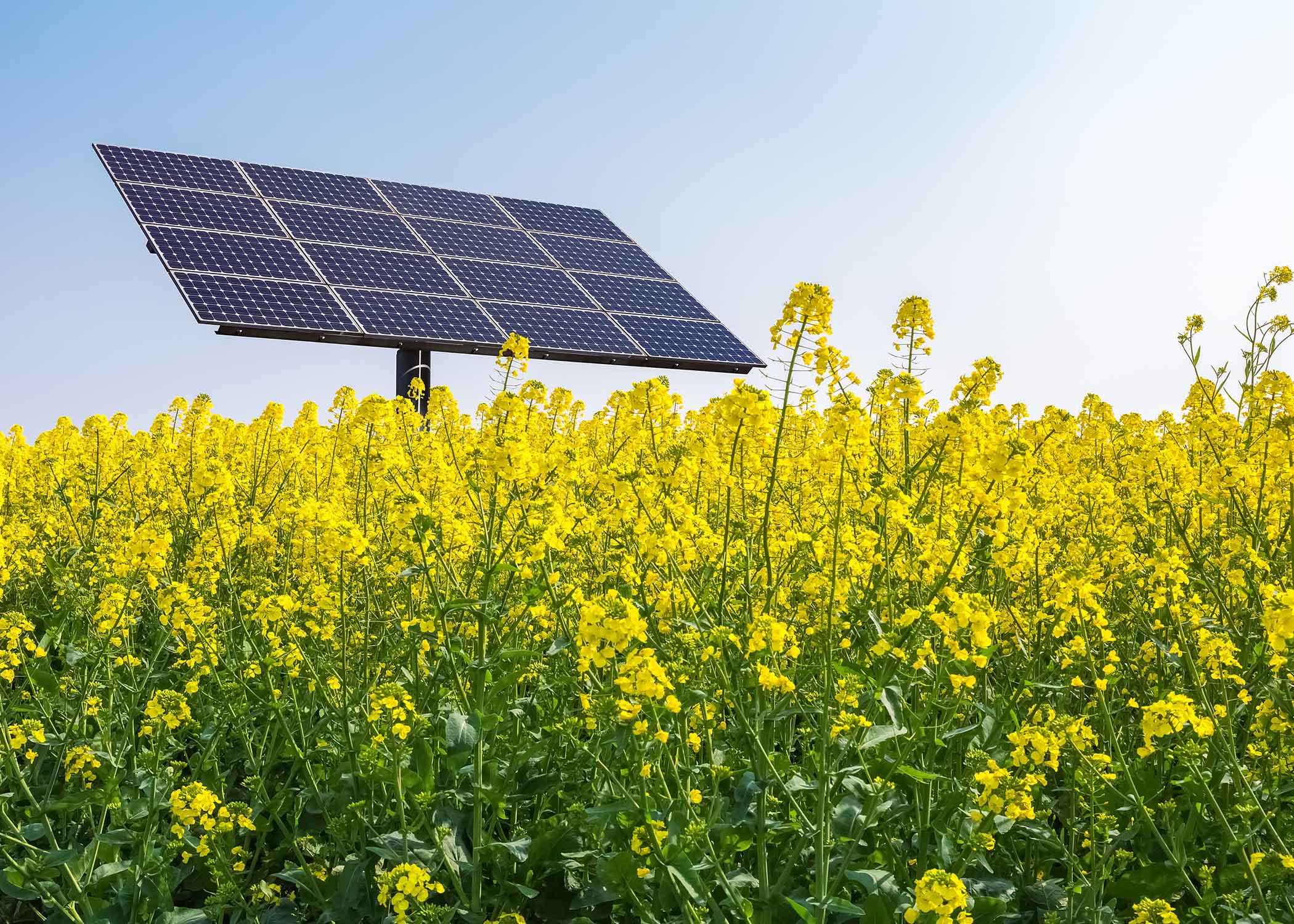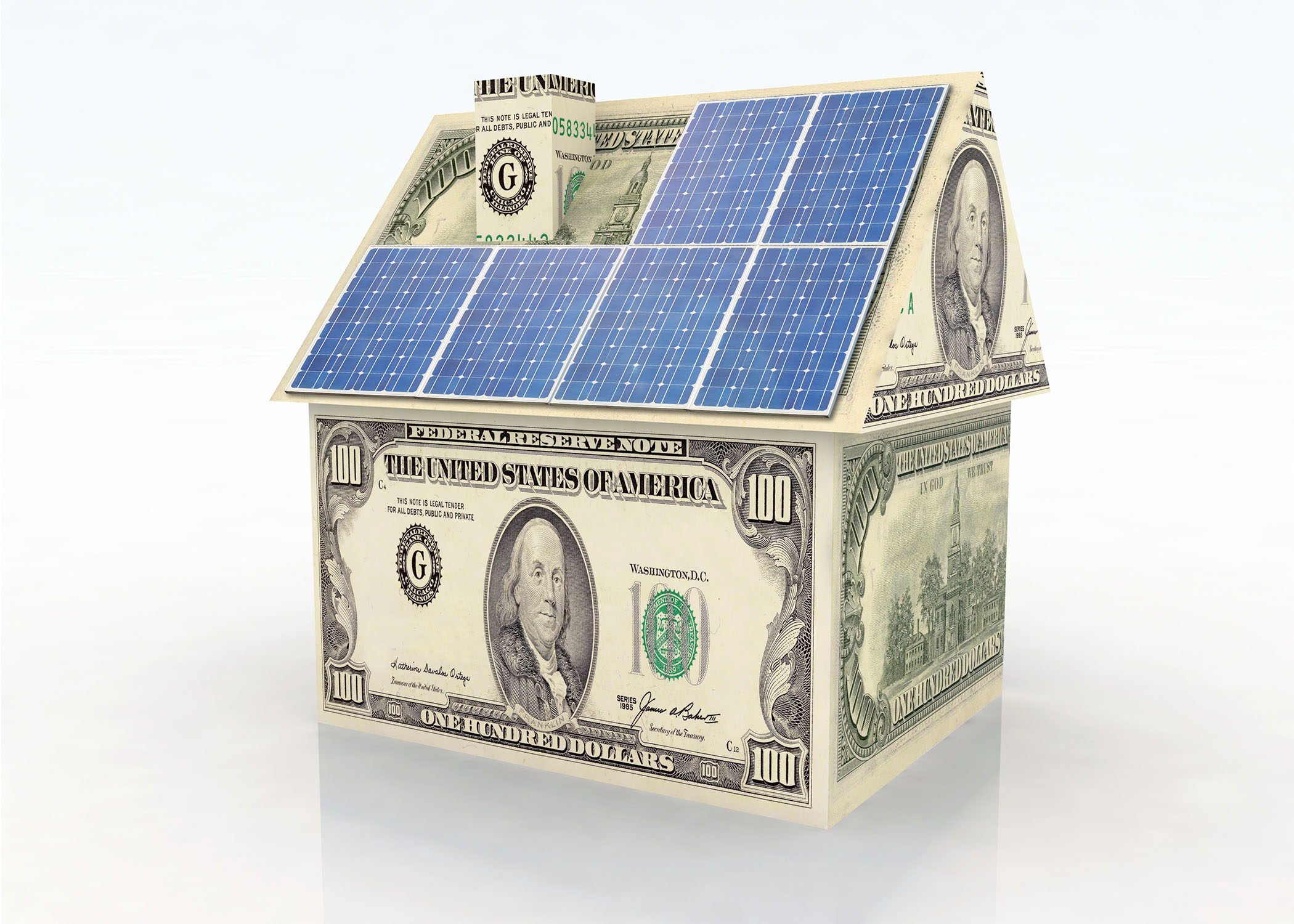As more people turn to solar energy as a way to reduce their carbon footprint and save money on their energy bills, it’s essential to understand how different rate structures and energy storage options can impact their savings. Homeowners and businesses that are investing in solar energy are finding that understanding and navigating the various rate structures and options can be challenging. Like understanding Peak Shaving and Time of Use (TOU) rates.
Peak shaving and Time of Use (TOU) rates are related concepts but are not the same thing.
Peak shaving refers to reducing a facility’s energy demand during periods of high electricity usage, regardless of the rate structure in place. This can involve using energy storage systems, adjusting production schedules, or reducing non-essential energy-consuming activities, to avoid the high energy demand charges and costs that often occur during peak hours.
TOU rates, on the other hand, are a rate structure offered by many utilities that vary the cost of electricity depending on the time of day. Typically, rates are higher during peak demand periods and lower during off-peak hours. By shifting energy usage to off-peak hours, customers can save money on their energy bills.
While peak shaving can be used to reduce energy demand during peak periods, it is not limited to TOU rate structures. Peak shaving can be used regardless of the rate structure in place, and it can be beneficial even in situations where a facility is not subject to TOU rates. Similarly, while TOU rates incentivize customers to shift energy usage to off-peak hours, they do not necessarily involve peak shaving.
Grid-tied solar systems can also be combined with Time of Use (TOU) rates and peak shaving strategies to further reduce electricity costs and optimize energy usage.
Under a TOU rate structure, using a grid-tied solar system, you can generate your own electricity during peak demand periods and feed excess energy back into the grid, which can help offset the higher electricity rates during these hours.
To maximize the benefits of a grid-tied solar system under a TOU rate structure, peak shaving strategies can be employed. This involves reducing energy demand during peak hours, when electricity rates are highest, by storing excess energy generated by the solar system in battery storage systems. By using stored energy during peak hours, customers can reduce their demand charges and avoid paying higher rates for electricity.
For example, during off-peak hours, a grid-tied solar system can generate excess electricity, which can be stored in battery storage systems. Then, during peak hours, the stored electricity can be used to power the facility, reducing the need to draw energy from the grid when electricity rates are highest.
Other peak shaving strategies that can be used in conjunction with a grid-tied solar system and TOU rates include demand response programs, which encourage customers to voluntarily reduce their energy usage during peak hours.
If you’re considering solar and want to take your energy savings to the next level, pairing solar with a battery system, using Peak Shaving strategies, and Time of Use rates can offer a range of benefits. Here are the top five benefits:
- Reduced energy costs: By using a combination of solar panels, battery storage, and peak shaving strategies during times of high energy demand, you can significantly reduce your energy costs. Additionally, by taking advantage of time-of-use rates, you can shift your energy usage to times when electricity is less expensive.
- Energy independence: With a solar and battery system, you can generate and store your own electricity, making you less reliant on the grid. With the right system this can be especially useful during power outages, allowing you to continue using electricity even if the grid goes down.
- Increased energy efficiency: Pairing solar with a battery system and peak shaving strategies can help you optimize your energy usage and reduce overall energy demand. This can result in increased energy efficiency and reduced greenhouse gas emissions.
- Improved grid reliability: By reducing peak energy demand during times of high grid usage, you can help improve grid reliability and reduce the likelihood of power outages.
- Environmental benefits: By generating your own clean energy with solar and using battery storage to reduce energy demand during peak hours, you can significantly reduce your carbon footprint and help combat climate change.
Overall, combining solar with a battery system, peak shaving strategies, and time-of-use rates can offer a range of benefits, from reduced energy costs to increased energy independence and environmental sustainability.
It’s Time to Do it Your Way and Live Unbound. Give us a call or go to unboundsoalr.com to get started.
Call or email Unbound Solar for a quote for your home today.



